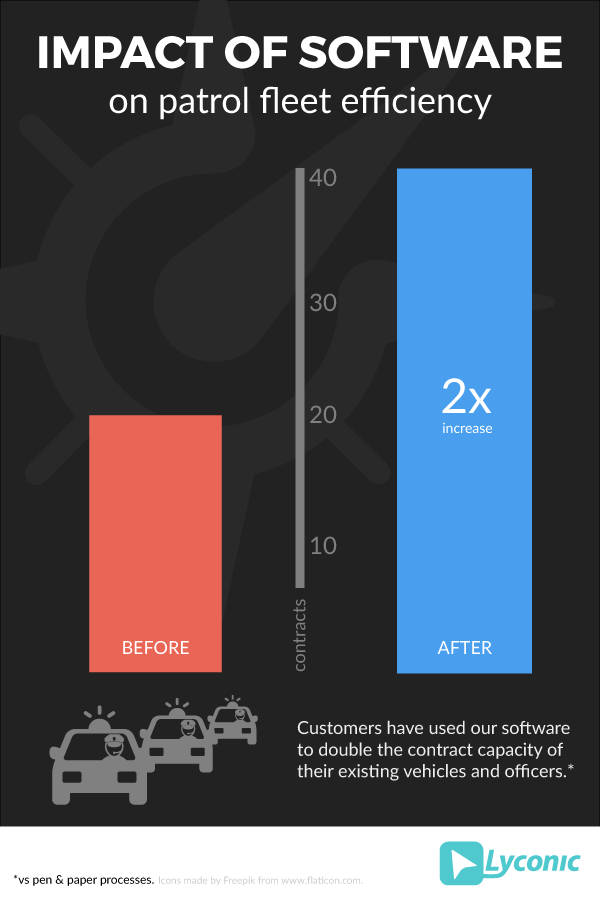When Lyconic co-founder Shea first rolled out Patrolguide for his security business in the Summer of 2008… it didn’t immediately take off. Shea and I wondered what might be the issue, and we spent a fair amount of time tracking down the causes of some of the complaints and claims by his patrol staff that the system wasn’t working. Clients seemed to love the new system, so getting to the bottom of any problems that the officers might be experiencing became critical to increasing company-wide adoption.
I remember going out and accompanying patrol officers several nights that year, when we first live-tested Patrolguide, and I observed the system working well. That experience also gave me insight and feedback on how to better tailor the system both immediately, and into the future. But it left me scratching my head. I couldn’t understand what was happening and why we were getting complaints. There was a fair amount of friction to adoption, but the system appeared to be working. I reported my findings to Shea, and he set about detailing his own internal investigation.
It was then that we found out what was happening. Many of the officers that were used to the old pen & paper method of conducting security patrol tours didn’t like the extra hand-holding (aka accountability) that came with the new system. They were set in their ways, thought they knew what was best, and wanted to do things their way… not the system’s way. Or, worse, they didn’t want the system revealing bad behavior and dishonest habits. It was much more difficult with the system to lie on reports about hitting locations for the nth required time a night. It revealed when tours got left unfinished, and it became almost impossible to abuse your time on the clock. Gone were the days when officers could prop up their feet, crack open a beer, load up that Netflix DVD (this was in the early days of streaming), and pretend to report from client locations.
So in addition to the direct benefits of Patrolguide’s automated patrol routing, which doubled the efficiency of Shea’s patrol fleet – compared to his pen & paper competitors, Patrolguide helped identify bad players that were reflecting poorly on Shea’s business, and, ultimately, his bottom line. The direct and indirect benefits of the software became invaluable to Shea as he grew his business, and, eventually, helped shape his hiring process by setting the expectation of accountability during the recruiting, screening, and hiring process. Given the higher quality of candidates and employees, the benefits of the software far exceeded that of his old pen & paper system.
After rolling out Patrolguide to his fleet in 2008, Shea was able to use Inteliguide & Patrolguide to help grow his business and brand to a national footprint in over 30 States. That effort and growth successfully proved the value of increased efficiency and accountability in nearly 100 markets.
Speaking of systems, head over and check out our Transform Your Security Company series.
Cheers!
